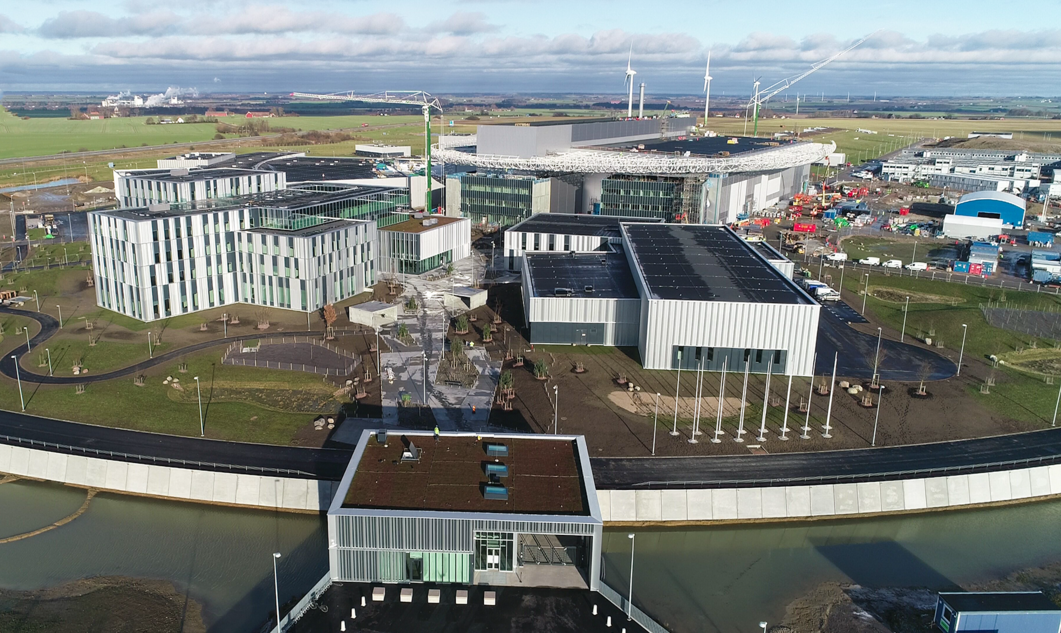
The 20th IKON meeting of ESS In-Kind partners and collaborators for the building of neutron scattering systems, including instruments at ESS took place remotely from 15-17th February 2021 with around 100 participants attending.
Key science stories
Felix Villacorta from our Spanish In-Kind partner, ESS Bilbao, outlined some of the science focus areas that the MIRACLES instrument will contribute to as part of the Instrument Science Case.
- On the theme of sustainability, there are opportunities to use neutrons to understand new materials for hydrogen storage, a potential future fuel source for vehicles. A critical step in hydrogen as a fuel source is how to transport the hydrogen in a non-gaseous form, and attaching, or adsorbing, hydrogen atoms to polymers or other materials is a powerful solution to this. Metal-organic frameworks are a promising material for adsorbing hydrogen, and neutron sources allow researchers to study which structures allow the highest adsorption rate of hydrogen.
- Also on the sustainability theme is the potential for new polymeric structures for photovoltaic cells. Understanding how the nanostructures in polymers behave under different conditions will lead the way to building flexible photovoltaics in the future with wider applications and uses than on stationary roofs or solar arrays in the future.
- On the theme of health and life sciences, MIRACLES will also build on existing research into areas such as how proteins behave in solution, and future drug delivery mechanisms using nano particles that can release the drug only when induced by an electric field.
Instrumentation
IKON 20 also included Instrument class meetings for Diffraction, Spectroscopy, Imaging and Engineering, and Large-scale Structures, with much of the discussions focused on immediate updates, issues and progress.
There were detailed and lively conversations around specific needs such as sample environments, what the ESS pool will provide and the current specifications for various instruments.
The neutron user community in attendance we also able to see detailed drawings of the exact orientation of, not just the instruments within the bunkers, and where the shielding and cranes will be, but also where access to the samples will be, which components will rotate or oscillate, and the positioning of radial detectors.























